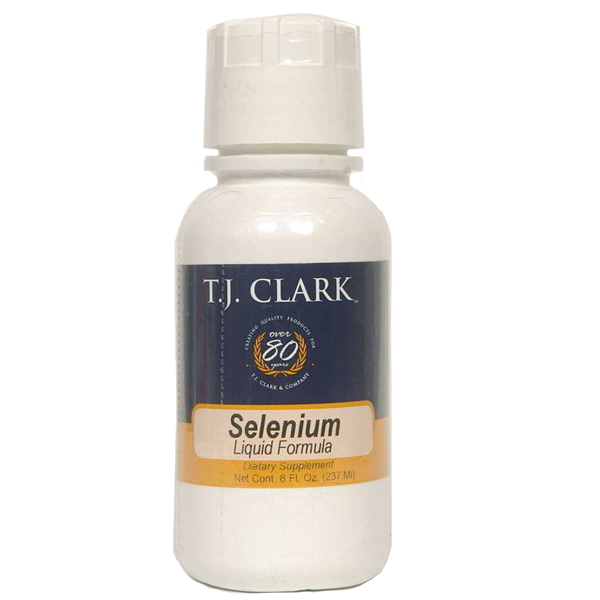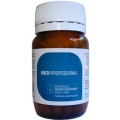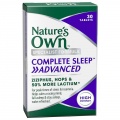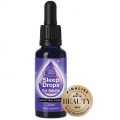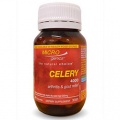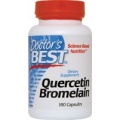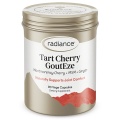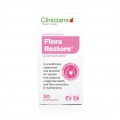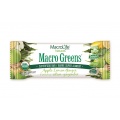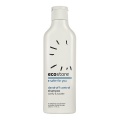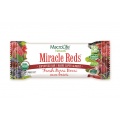TJ Clark - Selenium
Selenium Se is an essential trace element that functions as a component of enzymes involved in antioxidant protection and thyroid hormone metabolism
Selenium (Se) is an essential trace element that functions as a component of enzymes involved in antioxidant protection and thyroid hormone metabolism. In several intra- and extra-cellular glutathione peroxidases, iodothyronine 5?-deiodinases, and in thioredoxin reductase, selenium is located at the active centers as the selenoamino acid, selenocysteine (SeCYS).
At least two other proteins of unknown function also contain SeCYS. Although SeCYS is an important dietary form, it is not directly incorporated into these specific selenium-proteins; instead, a co-translational process yields tRNA-bound SeCYS. In contrast, selenium as seleno-methionine is incorporated non-specifically into many proteins, as it competes with methionine in general protein synthesis. Therefore, tissues often contain both specific, as well as the nonspecific, selenium-containing proteins when both SeCYS and selenomethionine are consumed, as found in many foods.
IMPORTANCE: A major antioxidant nutrient, protects cell membranes and prevents free radical generation thereby decreasing the risk of cancer and disease of the heart and blood vessels. Medical surveys show that increased selenium intake decreases the risk of breast, colon, lung and prostate cancer. Selenium also preserves tissue elasticity; slows down the aging and hardening of tissues through oxidation; helps in the treatment and prevention of dandruff.
Deficiencies: Selenium deprivation reduces activities of the selenium-dependent enzymes. The signs in animals depend upon vitamin E status and appear only when both nutrients are limiting. They vary according to species. For example, selenium- and vitamin E-deficient animals show myopathies of skeletal (e.g., sheep, cow, horse), cardiac (pig) or smooth (dog, cow) muscle; hepatic necrosis (rat, pig); increased capillary permeability (chicken); or pancreatic acinar degeneration (chicken).
Characteristic signs of selenium deficiency have not been described in humans, but very low selenium status is a factor in the etiologies of a juvenile cardiomyopathy (Keshan Disease) and a chondrodystrophy (Kashin-Beck Disease) that occur in selenium-deficient regions of China. May result in premature aging, heart disease, dandruff, loose skin.
Diet recommendations: The Recommended Dietary Allowances are in µg/day: 0-0.5 yrs, 10; 0.5-1.0 yrs, 15; 1-6 yrs, 20; 7-10 yrs, 30; males 11-14 yrs, 40; females 11-14 yrs, 45; males and females 15-18 yrs, 50; adult males, 70; adult females, 55; pregnancy, 65; and lactation, 75.
Food sources: The most important sources in American diets are meats, fish and grains. Brazil nuts can have relatively high selenium concentrations. Foods of low protein content, including most fruits and vegetables, provide little selenium. Food selenium is absorbed with efficiencies of 60-80%; the greatest factor affecting the utilization of food selenium is its chemical form.
Toxicity: Selenium toxicity is characterized by dermatologic lesions; selenotic animals and humans develop brittle hair and nails/hooves. Sporadic cases of selenium-poisoning have been reported involving industrial or accidental exposures to selenium-compounds. In certain rural Chinese communities chronic intakes of very high amounts (several milligrams per day) of selenium were linked to skin, hair and nail abnormalities which disappeared upon resuming regular selenium intakes. Selenium has been identified as the cause of birth deformities in migratory wildfowl in a wetland area (Kesterson Reservoir, CA) which receives selenium-enriched irrigation wastewater.
This case involved the biological amplification of selenium by aquatic plants which were important in the diet of affected animals. The Reference Dose (RfD) set by the Environmental Protection Agency is 5 µg/kg body weight/day or 350 µg/day for a 70 kg individual. This intake is regarded as having no significant risk of a deleterious effect over a lifetime of exposure.
This statement has not been evaluated by the Food and Drug Administration.
This product is not intended to diagnose, treat, cure or prevent any disease.
Why shop from MyNaturalHealth?
People who bought these also bought
Customer Rating
Please Login or Register to rate this product.


